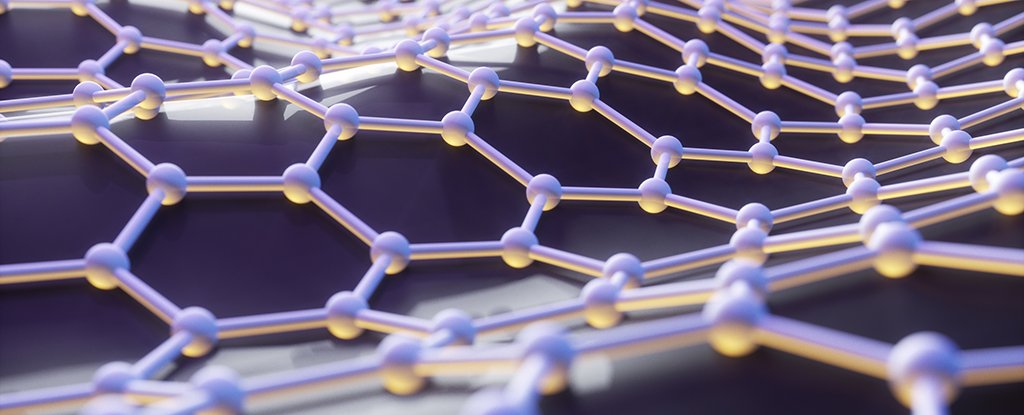This is so amazing!

Part of what makes graphene so fantastically useful is its amazing thinness – it’s just one atom thick.
Scientists have now found hundreds of other materials that are equally thin, providing a wide selection of new materials with perhaps as much potential as graphene.
The team analysed data in open resources including the Crystallography Open Database, looking for materials with structural similarities to graphene with the help of a custom computer program.
They were looking for materials with strong chemical bonds along one plane – the 2D atom layer – and relatively weak non-chemical action along the perpendicular plane. It’s this combination that lets us peel sheets of graphene from graphite.
Starting off with a pool of over 100,000 crystal structures, the team from the École Polytechnique Fédérale de Lausanne in Switzerland was able to narrow down the selection to 1,825 compounds with the potential to form sheets just a single atom thick.
“Two-dimensional materials provide opportunities to venture into largely unexplored regions of the materials space,” the researchers explain in their study.
“On the one hand, their ultimate thinness makes them extremely promising for applications in electronics. On the other, the physical properties of monolayers often change dramatically from those of their parent 3D materials, providing a new degree of freedom for applications while also unveiling novel physics.”
In the case of graphene and graphite, graphite is held together by a relatively weak electrostatic interaction known as a van der Waals force. Usually this is strong enough to keep the material together, but it does allow graphene to be extracted.
Whether or not that will also be true for the 1,825 materials identified here remains to be seen, but they have been shown to be structurally similar in terms of atom locations and their chemical bonds. A few of the structures have never been seen before.
Based on calculations run on 258 of the less complex chemicals in the final list, the researchers found that 166 turned out to be semiconductors with a variety of voltages. Meanwhile, 92 materials were identified as metallic, with another 56 likely to have unusual magnetic properties.
Even if just a small subsection of these new materials end up functioning like graphene does, that gives us a lot more options for creating materials for specific purposes in electronics and other areas. The next step is to test how these compounds work in both sheet form and in tightly packed layers.
What we do know thanks to this advanced database search is that these materials might just be exfoliable – able to be peeled into super-thin layers just like graphene. It’s going to be exciting to see what happens next with the materials on this list.
“The materials identified are classified into groups of easily or potentially exfoliable compounds, showing that only a very small fraction of possible 2D materials has been considered up to now,” conclude the researchers.
The research has been published in Nature Nanotechnology.



